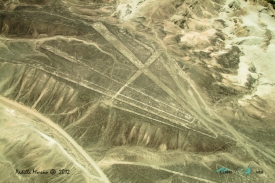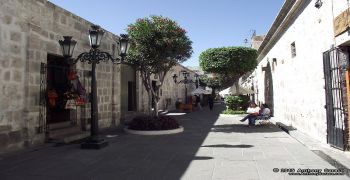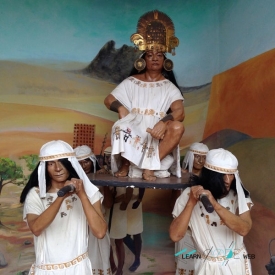ABOUT Kuk Swamp
Kuk Swamp is an archaeological site in New Guinea, that lies in the Wahgi Valley of the highlands. The swamp developed in a former lake basin, as it was filled by an alluvial fan or deposits of water-transported material. Archaeological evidence for early agricultural drainage systems was found here, beginning about 9,000 years ago. It includes draining ditches of three major classes, which were used to convert the area to an anthropogenic grassland. The native crop taro was grown here.
In addition, evidence of cultivation of bananas and sugar cane has been found, estimated to have begun 6,900 – 6,400 years ago. The Kuk Swamp was recognized in 2008 as a World Heritage Site by UNESCO. It was one of the places in the world where people independently developed agriculture.
In addition, evidence of cultivation of bananas and sugar cane has been found, estimated to have begun 6,900 – 6,400 years ago. The Kuk Swamp was recognized in 2008 as a World Heritage Site by UNESCO. It was one of the places in the world where people independently developed agriculture.










